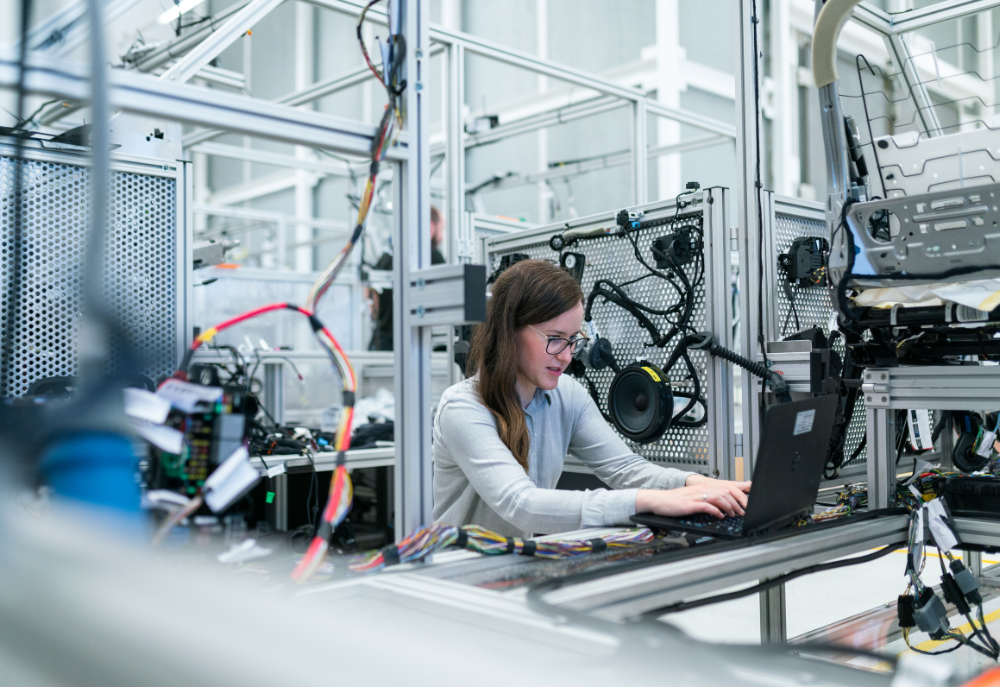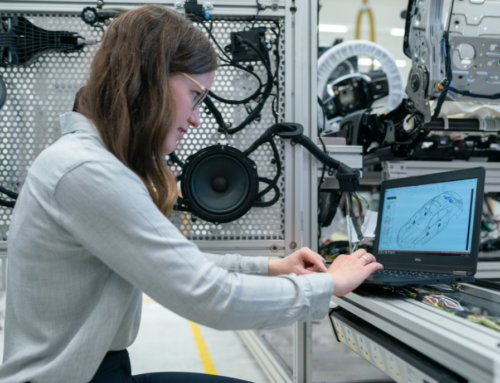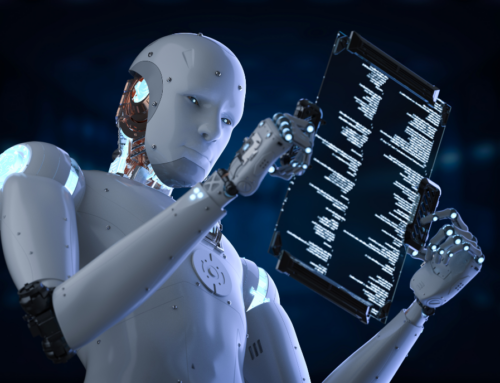The engineering world is undergoing a transformation—and one of the most exciting innovations driving this change is the rise of digital twins. No longer just a buzzword, digital twin technology is reshaping how engineers design, build, and maintain everything from buildings and bridges to HVAC systems and industrial machinery.
But what exactly is a digital twin, and what does it mean for professionals pursuing careers in engineering?
What Is a Digital Twin?
A digital twin is a real-time, virtual representation of a physical object, system, or process. It mirrors its physical counterpart through a constant stream of data gathered from sensors, devices, and other sources. Think of it as a living, breathing simulation—constantly updating and adapting to reflect the real-world conditions of the item it represents.
Originally used in aerospace and high-tech manufacturing, digital twins are now being adopted across the built environment—from smart buildings and HVAC systems to infrastructure projects and city planning.
Why It Matters for Engineering Careers
The adoption of digital twin technology isn’t just changing how companies operate—it’s redefining the skills, roles, and opportunities for engineers. Here’s how:
1. A Shift from Reactive to Predictive
Engineers are no longer just designing and troubleshooting after problems arise. With digital twins, they can simulate real-world conditions before a project even begins, monitor performance in real time, and use predictive analytics to prevent failures. This moves engineering from a reactive discipline to a proactive one, requiring a deeper understanding of data analysis, simulation tools, and systems thinking.
2. Data-Driven Design and Decision-Making
Digital twins rely on constant streams of data. That means engineers must be fluent not just in CAD software and structural analysis, but also in data science, AI, and IoT platforms. Being able to interpret large datasets and make decisions based on real-time feedback will be an increasingly valuable skill.
3. Interdisciplinary Collaboration
Engineers working with digital twins are often part of cross-functional teams that include software developers, data analysts, project managers, and field technicians. Soft skills like communication, collaboration, and adaptability are becoming just as important as technical expertise.
4. New Career Paths Are Emerging
As digital twin adoption grows, so do the career opportunities. Roles like:
-
Digital Twin Engineer
-
Smart Infrastructure Consultant
-
Simulation Specialist
-
Digital Thread Architect
…are becoming more common. These aren’t future jobs—they’re already in demand across sectors like construction, energy, utilities, and manufacturing.
What Job Seekers (and Employers) Should Do Now
For engineers looking to future-proof their careers, this is the time to invest in new skills:
-
Get comfortable with data modeling and simulation software
-
Explore IoT and sensor integration
-
Understand the basics of AI and machine learning as they apply to built systems
-
Build up your communication and project management abilities
For employers, now is the time to rethink your talent pipeline. As the need for tech-savvy engineers increases, recruiting strategies must focus not just on technical qualifications, but on adaptability, digital literacy, and a willingness to work at the intersection of engineering and emerging tech.
The Bottom Line
The digital twin revolution is more than a trend—it’s the future of engineering. As physical and digital worlds become more interconnected, engineers who embrace this shift will be the ones who lead the next generation of innovation.
Raymond Search Group specializes in helping firms across the built environment recruit the talent they need to stay ahead in a rapidly changing world. If you’re hiring—or exploring your next engineering career move—we can help you navigate the opportunities that digital transformation brings.








Leave A Comment